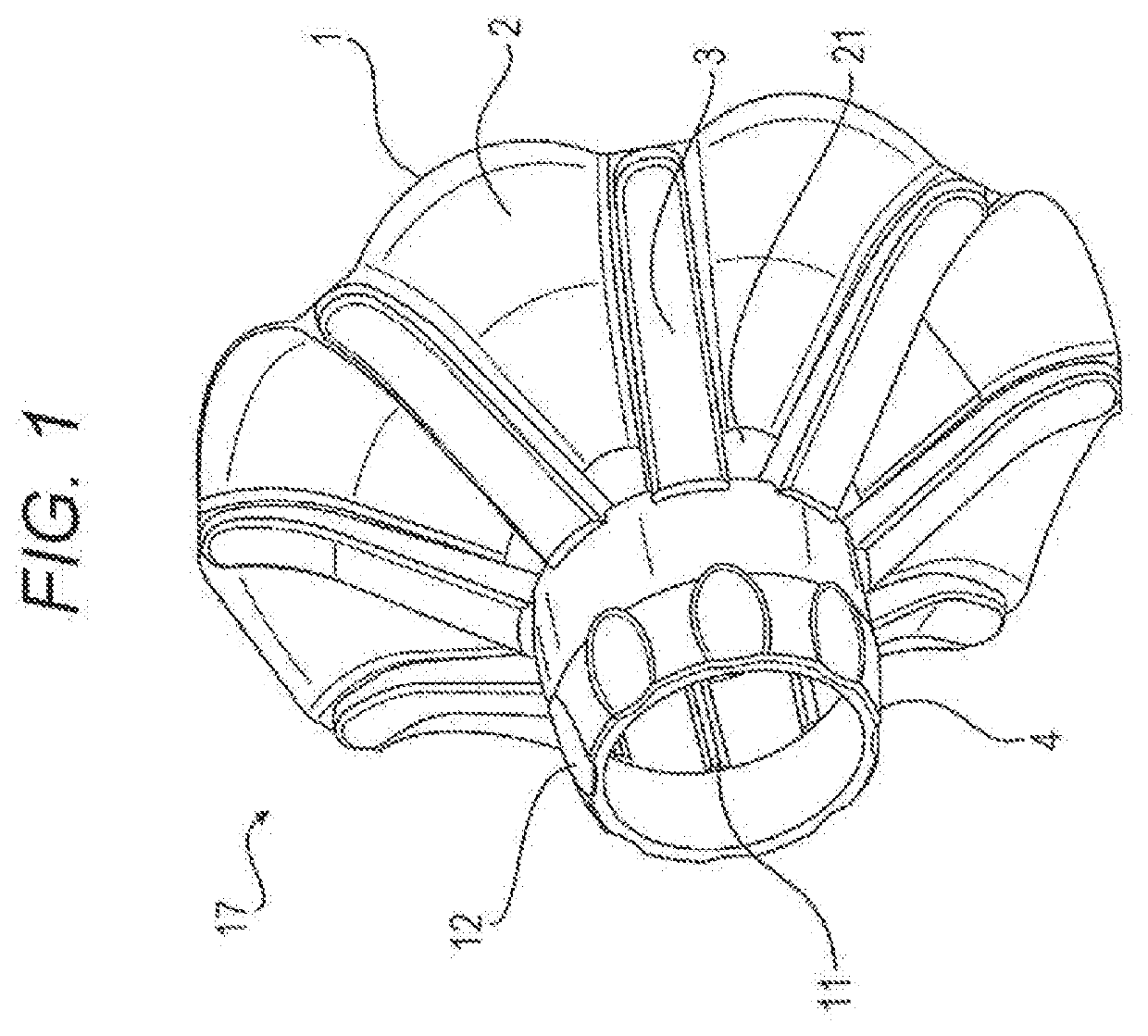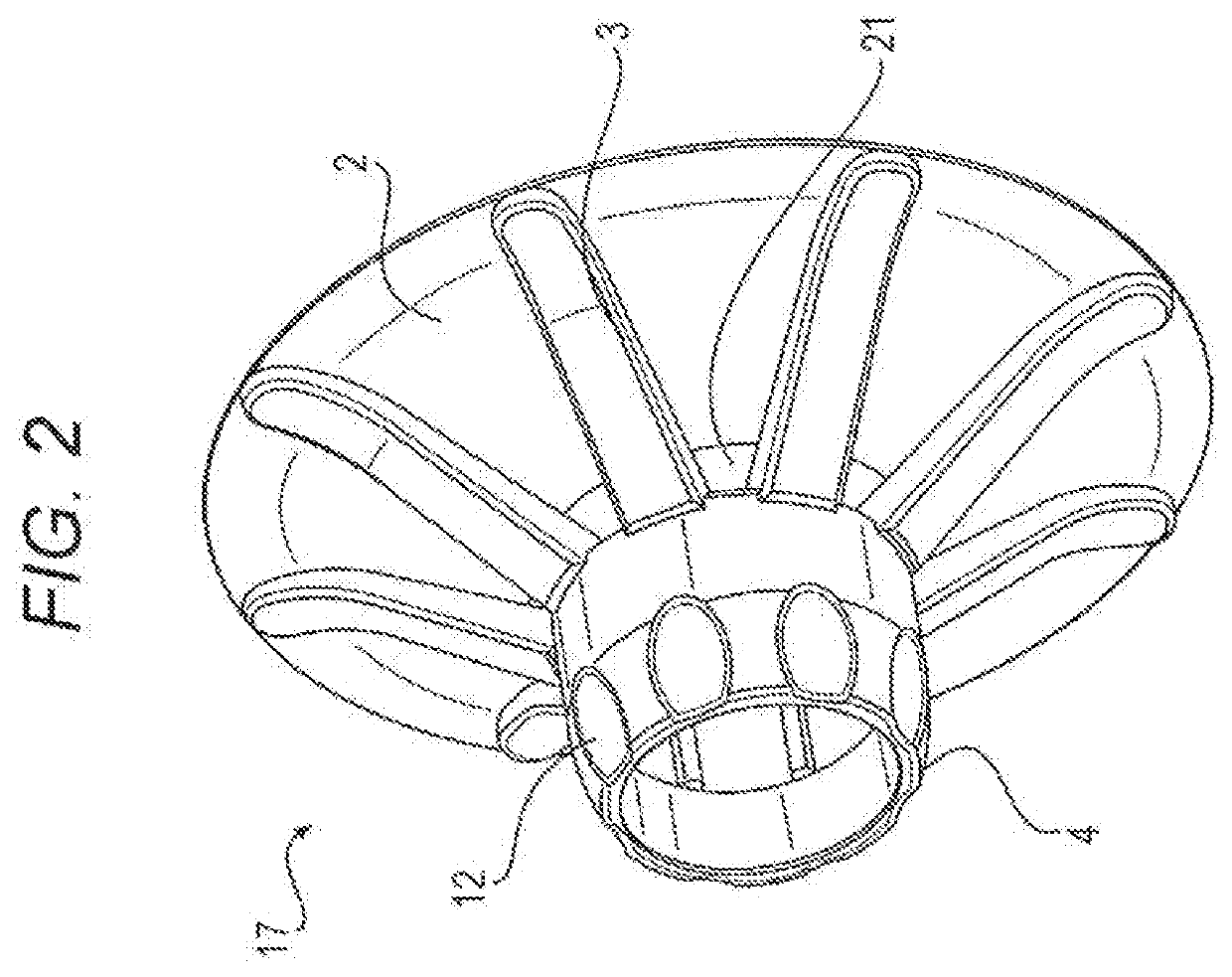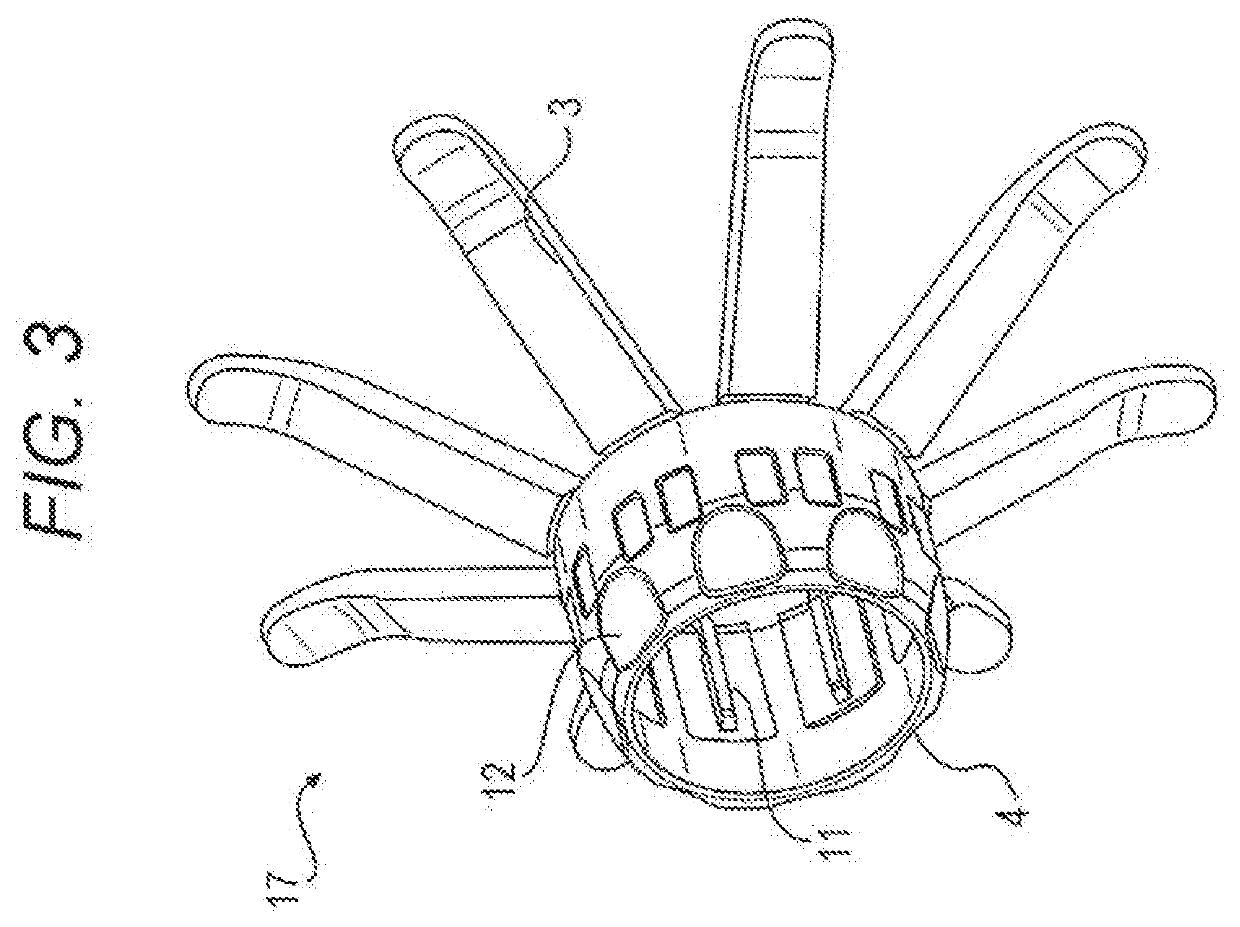Endoscope tip attachment device
a technology of endoscope and attachment device, which is applied in the field of endoscope accessories, can solve the problems of inability to allow a clinician to accurately visualize, inability to safely and inability to effectively so as to reduce the time taken by the clinician, the effect of increasing the resistance to force upon withdrawal and being more complian
- Summary
- Abstract
- Description
- Claims
- Application Information
AI Technical Summary
Benefits of technology
Problems solved by technology
Method used
Image
Examples
Embodiment Construction
[0066]Reference will now be made in detail to the exemplary embodiments of the present disclosure described below and illustrated in the accompanying drawings. Wherever possible, the same reference numbers will be used throughout the drawings to refer to same or like parts.
[0067]For purposes of this disclosure, an “endoscope” may refer to any suitable type of scope for insertion into a patient during a medical procedure. Endoscopes may include, for example, colonoscopes, duodenoscopes, gastroscopes, sigmoidoscopes, enteroscopes, ureteroscopes, and bronchoscopes. The term “procedure” broadly refers to the insertion of an endoscope into a patient for any purpose, including, but not limited to, surgery, biopsy, diagnosis, treatment, visualization, implantation or removal of a device, suction, or insufflation.
[0068]Prior to providing a detailed description, the following overview generally describes the contemplated embodiments. Endoscope tip assembly 17 of the current disclosure is con...
PUM
 Login to View More
Login to View More Abstract
Description
Claims
Application Information
 Login to View More
Login to View More - R&D
- Intellectual Property
- Life Sciences
- Materials
- Tech Scout
- Unparalleled Data Quality
- Higher Quality Content
- 60% Fewer Hallucinations
Browse by: Latest US Patents, China's latest patents, Technical Efficacy Thesaurus, Application Domain, Technology Topic, Popular Technical Reports.
© 2025 PatSnap. All rights reserved.Legal|Privacy policy|Modern Slavery Act Transparency Statement|Sitemap|About US| Contact US: help@patsnap.com



